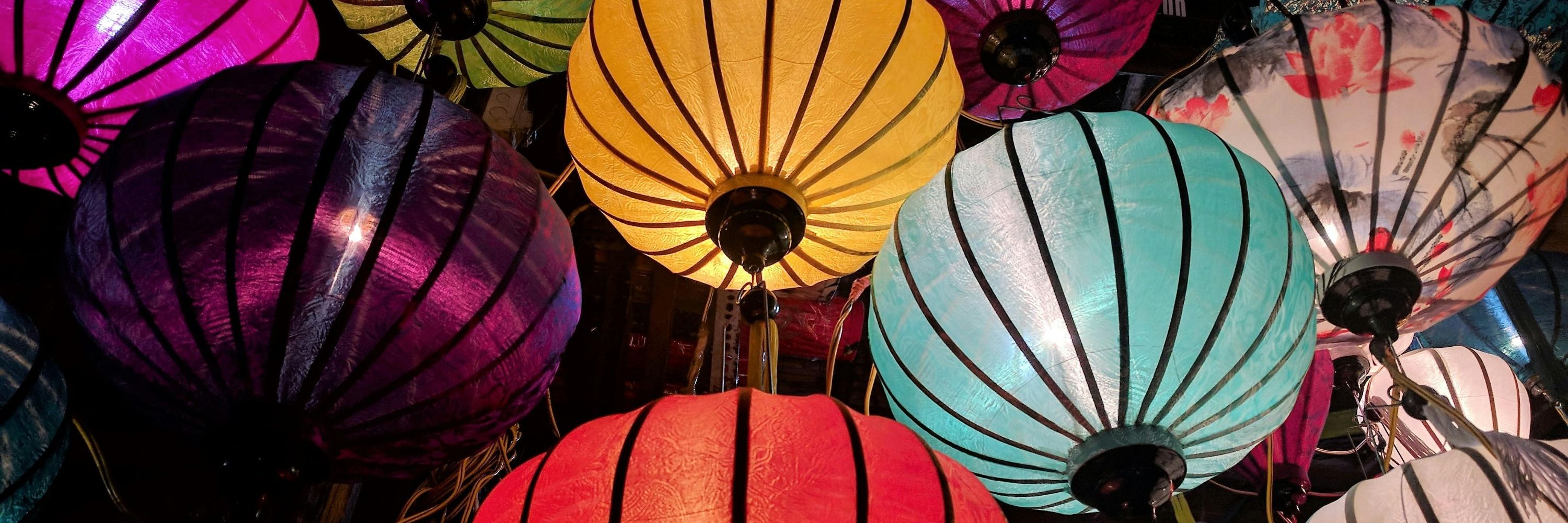
Learn Chinese (学习中文)
@learnchinese.bsky.social
630 followers
3 following
980 posts
Follow to learn Mandarin Chinese ❤️
Posts tagged #LearnChineseHSKLevel1, #LearnChineseHSKLevel2, and #LearnChineseKangxiRadicals (mute those you don't need).
Run by @evanbaldonado.com. DM any corrections.
Donations: https://ko-fi.com/s/5f44bc15fd
Posts
Media
Videos
Starter Packs
























